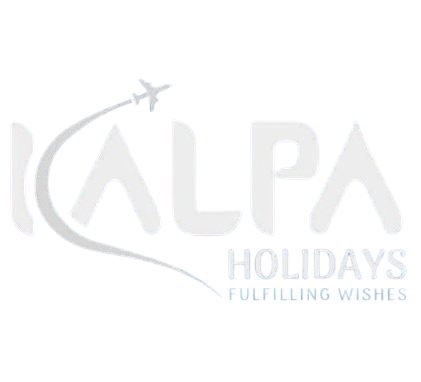Rara Lake Trekking offers a mesmerizing journey through the remote and pristine landscapes of Northwestern Nepal, providing adventures with a unique opportunity to explore the hidden gems of the Himalayas. The trek revolves around the stunning Rara Lake, the largest lake in Nepal, nestled amidst the captivating Rara National Park. This untouched region boasts rich biodiversity and showcases the authentic rural life of the local communities that inhabit the area.
The adventure kicks off with a scenic flight to Jumla, the starting point of the trek. From here, the trail winds through dense pine forests, quaint villages, and terraced fields, offering glimpses into the traditional lifestyle of the local inhabitants.; Trekkers will encounter diverse flora and fauna, as the Rara National Park is home to a variety of wildlife, including Himalayan black bears, red pandas, and numerous bird species.
As the trek progresses, the landscape transforms, revealing panoramic views of snow-capped peaks and lush green valleys. The highlight of the journey is undoubtedly the awe-inspiring Rara Lake, with its crystal-clear waters reflecting the surrounding peaks. Trekkers have the opportunity to relax by the lakeside, soak in the serenity, and capture breathtaking sunset views over the tranquil waters.
The trek continues around the perimeter of Rara Lake, passing through pristine alpine meadows and charming villages. Along the way, trekkers can interact with the friendly locals, gaining insights into their culture and traditions. The journey concludes with a flight back from Jumla, leaving participants with lasting memories of the untouched beauty and cultural richness of the Rara Lake region.
Rara Lake Trekking is a perfect blend of natural splendor, cultural immersion, and adventurous exploration, making it a must-visit destination for those seeking a unique and off-the-beaten-path trekking experience in the heart of the Himalayas.
Rara Lake Trek Highlights
1. Explore the breathtaking views during a picturesque flight between Kathmandu and Nepalgunj.
2. Immerse yourself in the serene ambiance and natural splendor of Rara Lake.
3. Discover the historical significance of Sinja Valley, a noteworthy ancient site in Nepal.
4. Delve into the diverse ecosystems of Rara National Park, showcasing abundant biodiversity.
5. Marvel at the scenic landscapes and distant peaks of Dolpo and API Shripal.
6. Stroll through enchanting forests filled with pine, birch, and rhododendron trees.
7. Engage with the authentic culture and lifestyle of the Jumla district.
Best time for Rara Lake Trek
The best time to trek the Rara Lake is during the spring and autumn seasons in Nepal. These periods offer the most favorable weather conditions, clear skies, and optimal temperatures for trekking.
Spring Season (March to May)
Spring is one of the most popular times to trek in the Far Western Region, which includes the Rara Lake During this season:
- Weather Conditions: The weather is generally mild and pleasant, with daytime temperatures ranging from 15°C to 25°C at lower elevations, while higher elevations are cooler.
- Clear Views: The skies are typically clear, providing stunning views of the surrounding mountains, including Himalchuli, Chuchemara Peak, Putha Hiunchuli, Dhaulagiri Range, Kanjirowa Himal, Ghurchi Lekh, Chyakhure Lekh, and Rara Peak
- Flora: The rhododendron and pine forests are in full bloom, creating a vibrant landscape with colorful flowers and lush greenery.
- Crowds: This is a popular trekking season, the Rara Lake Trek trails remain more crowded than other treks in the Far Western Region.
Autumn Season (September to November)
Autumn is another ideal time to trek the Rara Lake this season:
- Weather Conditions: The weather is stable with clear skies, low humidity, and pleasant temperatures, similar to spring. Daytime temperatures range from 15°C to 25°C at lower elevations, while it is cooler at higher altitudes.
- Clear Views: Autumn is known for its crisp air, providing excellent visibility of the surrounding peaks and landscapes.
- Festivals: This season aligns with major Nepali festivals like Dashain and Tihar, offering cultural insights and opportunities to experience local traditions.
- Crowds: Autumn is the peak trekking season in Nepal, the Rara Lake Trek trails are more crowded compared to other treks.
Off-Season Considerations
While spring and autumn are the best time for the Rara Lake Trek, some trekkers prefer off-season trekking for a unique experience. However, these periods come with challenges:
- Winter Season (December to February): Trekking in winter offers solitude and stunning snowy landscapes, but temperatures can drop significantly, especially at higher elevations. Trails might be icy, and some teahouses could be closed.
- Monsoon Season (June to August): The monsoon brings heavy rain, making trails slippery and increasing the risk of landslides and leeches. The clouds and rain can also obstruct mountain views.
Overall, spring and autumn offer the best combination of weather, views, and cultural experiences, making them the ideal times to trek the Rara Lake. If you’re planning a trip during the off-season, be prepared for additional challenges and always check weather forecasts and trail conditions in advance.
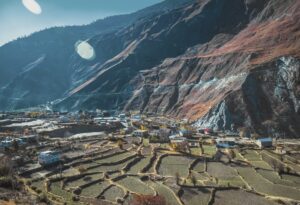 Trekking
Trekking
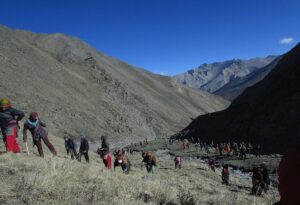 Trekking
Trekking
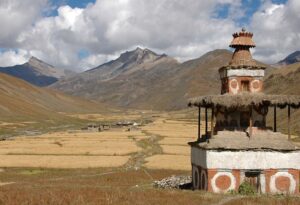 Trekking
Trekking
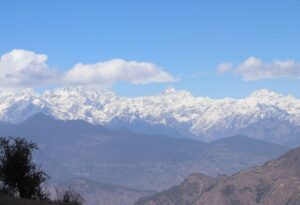 Trekking
Trekking
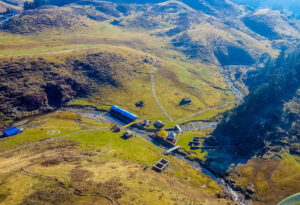 Trekking
Trekking
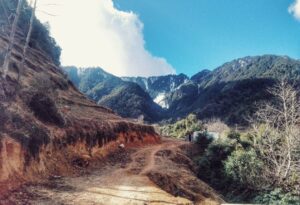 Trekking
Trekking
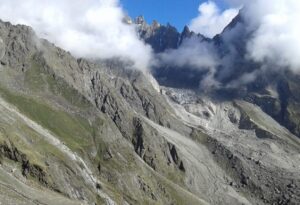 Trekking
Trekking
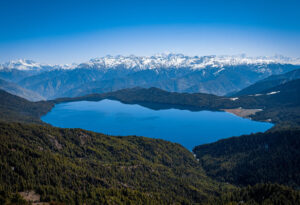 Trekking
Trekking
